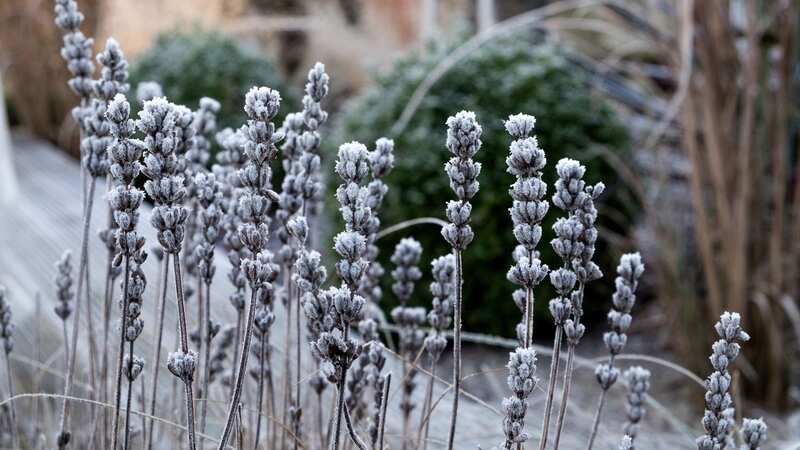King Charles’ gardener warns 'common' snow mistake can be deadly for plants

As the UK continues to brave the blistering Arctic blast, many Brits are looking for ways to warm their home - but a royal gardener has urged people to prioritise their plants too.
This comes as the Royal Horticultural Society (RHS) warns that frost can cause plants to lose buds, foliage, flowers and fruits, while snow can break branches. Senior gardener Jack Stooks, who worked in the royal gardens at Highgrove House for more than 20-years, has outlined the importance of frost damage precautions.
Speaking on behalf of Alt Index, Jack said: "Snow and cold can of course harm garden plants. Gardeners can prevent this by protecting their plants in various ways. If the plants are unable to take cold at all then these should be protected in a glass house or shed or even in one’s home or conservatory."
It can be charming to wake up to a winter wonderland garden, but Jack said it is "unwise" to leave snow draped on plants simply because it looks pretty. "One should really go around the garden with a small cane and push the snow off any plants," he advised.
Removing the snow can prevent plants from snapping or becoming damaged as a result. He added: "Pushing the snow off any neatly cut hedge also protects the integrity of the hedge's shape."
 Gales, snow and rain to batter country today with 80mph wind gusts
Gales, snow and rain to batter country today with 80mph wind gusts
When it comes to protecting your plants from the frost, Jack suggests using mulch covering on herbaceous perennials, such as achillea, salvia, and coneflower. Mulches are loose coverings or material that are placed on the surface of soil, reports the RHS.
Jack hails compost-based or well-rotted woodchip coverings as effective mulches for frost protection. He added: "Some plants can be protected in the night and colder mornings by covering them with a fleece wrap, which can be purchased in most garden centres.
"Dahlias need to be completely lifted from the ground after the first frost and dried of soil. From there, they should be protected in a layer of dry compost or wood shavings and planted in the spring in pots. This will help bring them back before the summer."
You should also focus on pruning this winter if you want full blooms in spring. Sprucing up your greenery removes the dead, diseased, and injured parts of a tree or shrub and helps stimulate growth.
The RHS has shared their advice on the exact time you should begin pruning and some effective methods to promote growth, and encourage plenty of flowers during the summer months. These include:
Wisteria
The flowering plant should be pruned twice a year, once in July or August and once in February. The experts recommend that you cut back to two or three buds to tidy it up before the growing season starts.
Roses
To prune roses, you should begin by removing any dead, diseased, and damaged stems, which helps open up the centre of the plant to improve air circulation and deter fungal diseases.
Apples and Pears
Start by removing crossing, rubbing, weak, dead, diseased, damaged and dying branches. The RHS writes: "Shorten the previous year’s growth on each main branch by about one-third to a bud facing in the required direction. This will encourage the development of new branches and spurs and maintain a good shape. Leave young laterals unpruned so they can develop fruit buds in the second year."
Japanese maples
The RHS recommends pruning young trees to around 16 inches in the first winter. The experts say you should never over-prune and only do so when necessary and while using the right tools.
Read more similar news:
Comments:
comments powered by Disqus

































